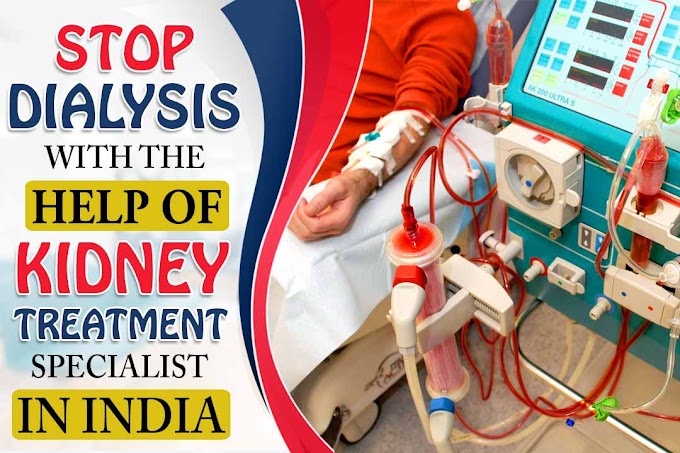What is polycystic kidney disease?
Polycystic kidney disease (PKD) can be explained as a genetic disorder that causes a disruption in the functioning of the kidneys due to the growth of cysts on it.
Cysts are fluid-filled growths and in this disease, they develop in the kidneys. Since it is a genetic disorder in nature, one must have a mutated (changed) gene in order to get it.
Unlike simple kidney cysts, which are much less harmless, PKD is much more complicated and is a serious type of chronic kidney disease. The kidneys may get enlarged and be prevented from serving its function of filtering out waste out of the blood. PKD can also result in kidney failure.
Diagnosis of Polycystic kidney disease
The most reliable and inexpensive way to diagnose PKD is an ultrasound. If the person at risk for PKD is more than 40 years of age, then the chances are very high that he does not have PKD. In order to detect smaller cysts that can otherwise not be found by an ultrasound, an MRI and a CT scan may be conducted. The use of MRI is important to monitor and measure the volume and growth of kidney and cysts.
Sometimes the doctor may also suggest that a genetic testing be done. It involves a blood test in order to keep a check for abnormal genes that cause the disease. Since genetic testing fails to detect PKD in about 15% people having it and is also costly, it is not recommended for everyone.
However, genetic testing can turn out to be useful if:
- The person has a family background of PKD and is willing to donate a kidney.
- Based on imaging tests, the person has an uncertain diagnosis.
- The person is less than 30 years of age with a negative ultrasound and a family background of PKD, and is planning to begin a family.
Polycystic kidney disease and kidney failure
Not everyone who has polycystic kidney disease will develop kidney failure. By the age of 60, about 50 percent of people with PKD face kidney failure and by the age of 70 about 60 percent of people go through kidney failure. A dialysis or a kidney transplant is the most suited option for people with kidney failure.
Some people have a higher risk of kidney failure. They include -
- Men
- High blood pressure patients
- Women with high blood pressure who’ve had more than three pregnancies.
- Patients with blood or protein in their urine.
Types of polycystic kidney disease
The three main types of Polycystic kidney disease include -
- Autosomal Dominant Polycystic Kidney Disease: Autosomal dominant polycystic kidney disease (ADPKD) is a far more common type of PKD. It is also known as adult PKD. It accounts for about 90 percent of the cases as per the research conducted by National Kidney Foundation. There is a 50 percent chance of developing this condition if the person’s parent has a PKD. In most cases, the symptoms start to show much later in life, usually between the ages of 30 and 40. However, some people have also complained of experiencing these symptoms in childhood itself.
- Autosomal Recessive Polycystic Kidney Disease: Autosomal recessive polycystic kidney disease (ARPKD) is also inherited but both the parents need to carry the gene for the disease. It is rare and not as common as ADPKD. The carriers of ARPKD will not develop symptoms if they carry only one gene. The person can only catch ARPKD if he inherits both the genes, one from each parent.
- Perinatal form- present at birth.
- Neonatal form- occurs in the first month of life.
- Infantile form- occurs when the child is 3-12 months old.
- Juvenile form- occurs after the child turns 1 year old.
- Acquired cystic kidney disease: Unlike other types of PKD, Acquired cystic kidney disease (ACKD) is not inherited. It usually occurs late in life. People with other kidney problems are more likely to develop ACKD. People who have kidney failure or are on dialysis are the most common to have developed this.
There are further four types of ARPKD:
Symptoms and Complications of PKD
Many people are believed to be living with PKD for years without experiencing symptoms. Before a person begins to notice symptoms, the cysts typically grow 0.5 inches or larger.
Early symptoms of PKD include-
- Frequent urination
- Side pain
- Kidney stones
- Blood in the urine
- Joint pain
- Nail abnormalities
Children with autosomal recessive Polycystic kidney disease may experience symptoms like -
- Urinary Tract Infection (UTI)
- High blood pressure
- Frequent urination
Treatment for Polycystic kidney disease
The key objective of PKD treatment is to manage the symptoms and avoid complications caused by it. The most important part of the treatment is to control high blood pressure.
The treatment options may include-
- Blood pressure management
- A low sodium diet
- Antibiotics to treat UTIs
- Surgery to drain cysts that helps relieve discomfort
Ayurveda treatment for Polycystic Kidney Disease
Polycystic kidney disease is curable. The Ayurveda treatment is very useful in providing fast relief to symptoms developed by the disorder. Unlike allopathic medicines, Ayurvedic medicines can help cure polycystic kidney disease in the most effective manner. They can help maintain the blood pressure and provide remedies to other complications.












0 Comments